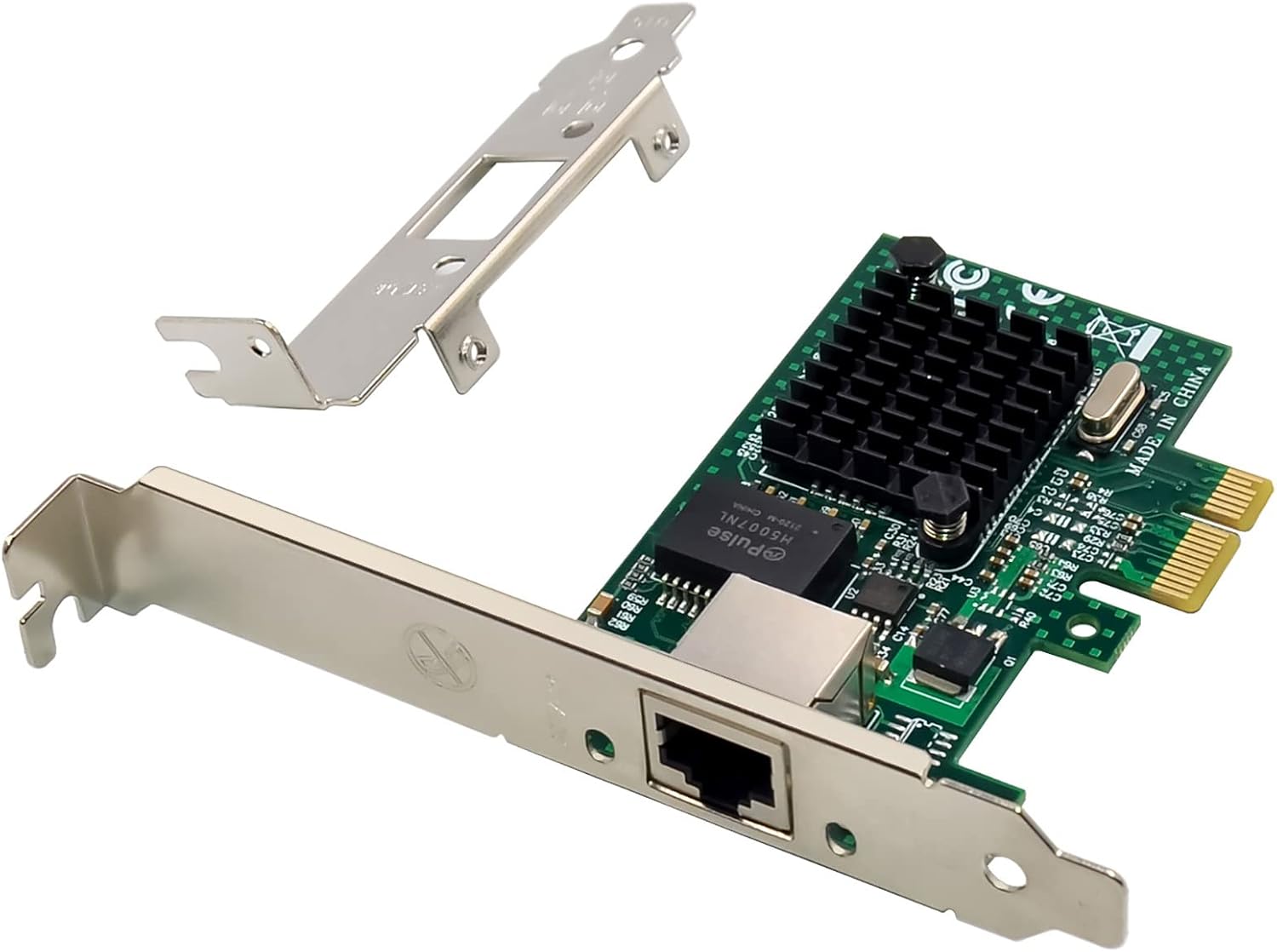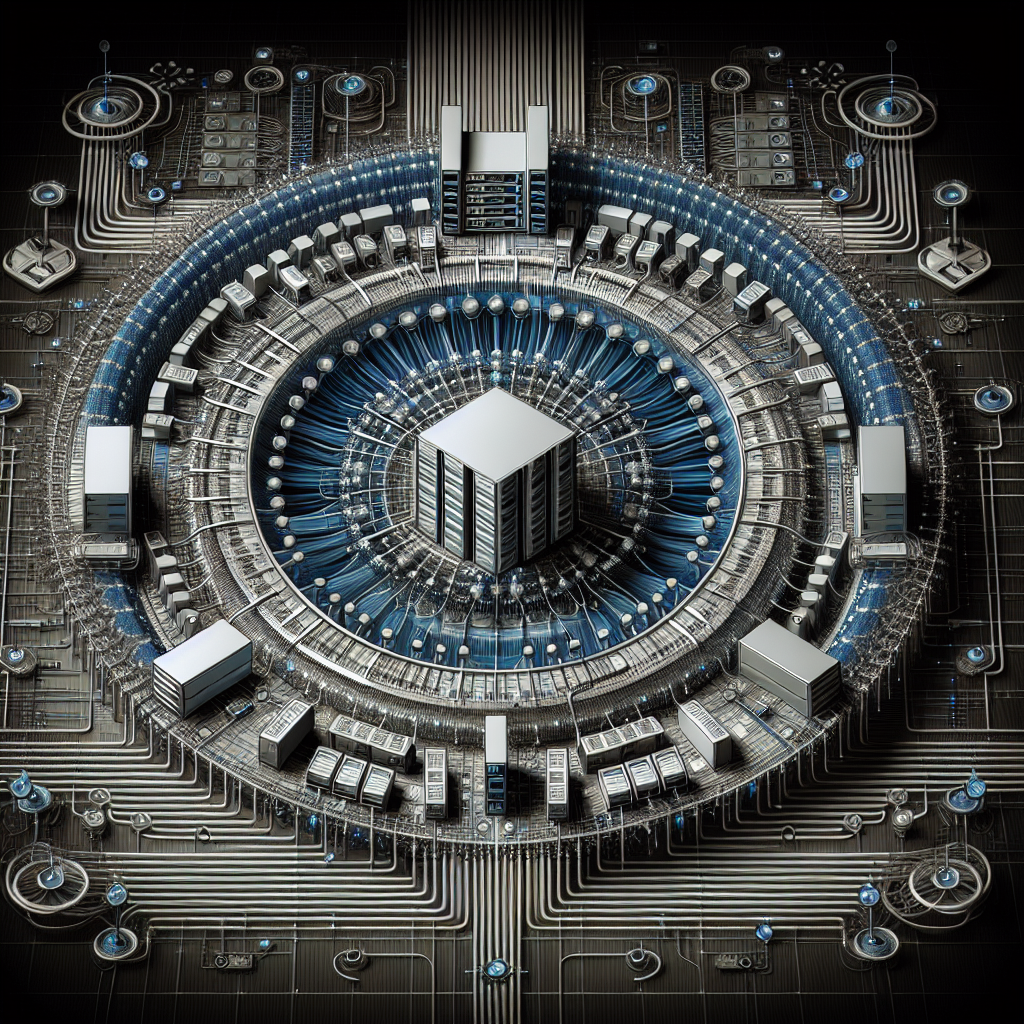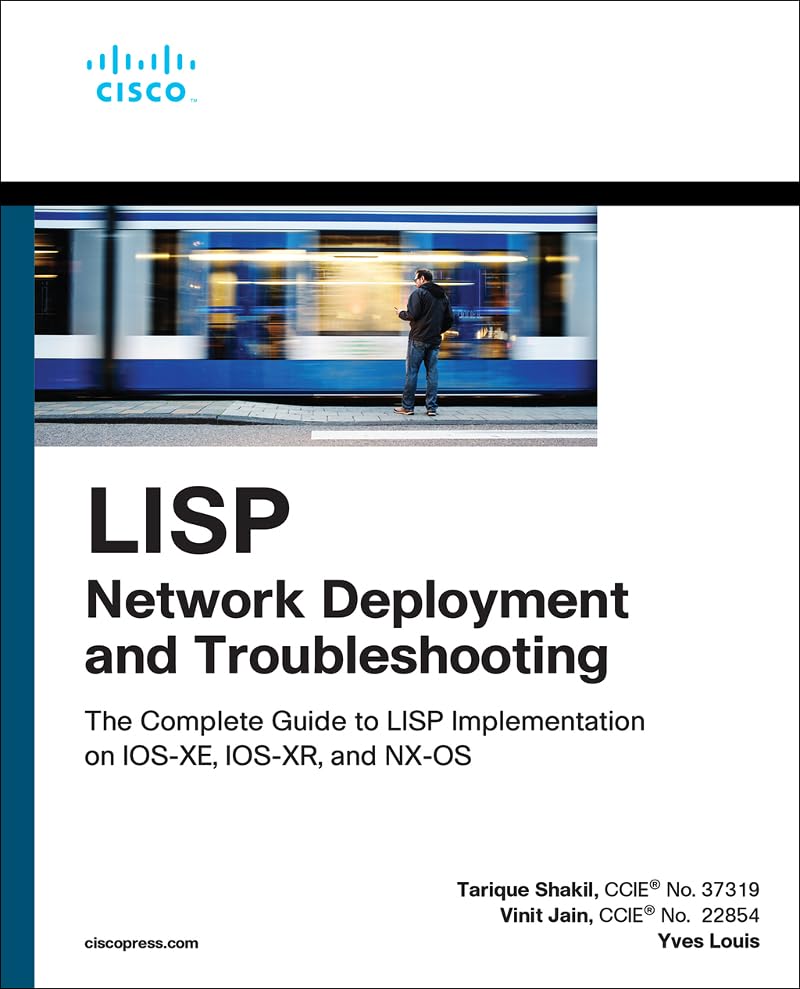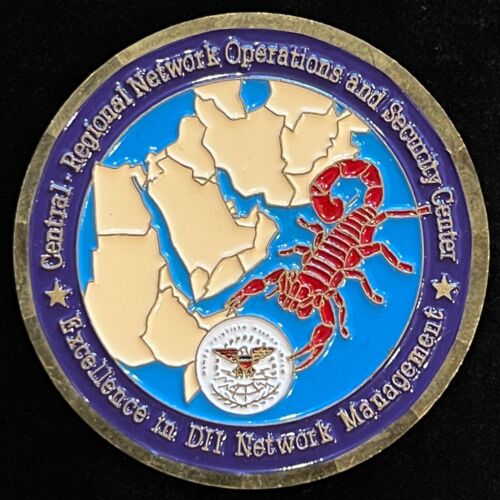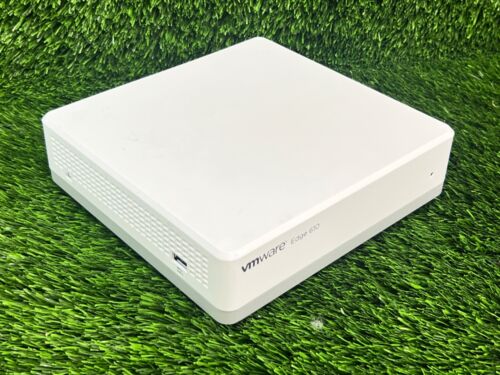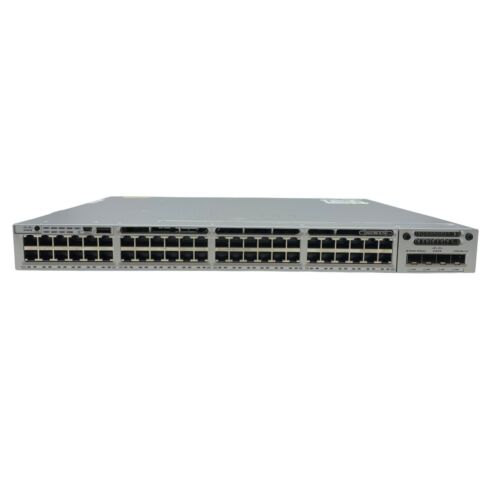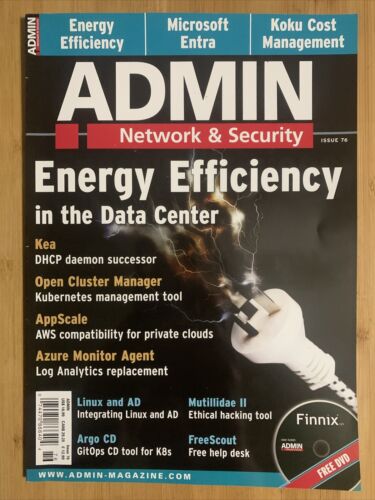Cloud computing has become an essential part of modern businesses, providing a scalable and flexible solution for storing and accessing data and applications. However, behind the scenes, a robust data center network infrastructure plays a crucial role in supporting cloud computing operations.
The data center network infrastructure is the backbone of cloud computing, responsible for connecting the various components of the cloud infrastructure and ensuring seamless communication between servers, storage devices, and networking equipment. It plays a vital role in ensuring the availability, performance, and security of cloud services.
One of the key functions of the data center network infrastructure is to provide high-speed connectivity between servers and storage devices. This allows for quick access to data and applications stored in the cloud, ensuring that users can access the information they need in a timely manner. In addition, the network infrastructure must be able to handle large volumes of data traffic efficiently to prevent bottlenecks and ensure smooth operation of cloud services.
Another important role of the data center network infrastructure is to provide a secure environment for cloud computing operations. With the increasing amount of sensitive data stored in the cloud, security is a top priority for businesses. The network infrastructure must be equipped with robust security measures, such as firewalls, intrusion detection systems, and encryption protocols, to protect data from unauthorized access and cyber threats.
Scalability is also a critical factor in supporting cloud computing, as businesses need to be able to quickly scale up or down their resources based on demand. The data center network infrastructure must be flexible and adaptable to accommodate changing workload requirements, allowing businesses to easily add or remove servers, storage devices, and networking equipment as needed.
In addition to providing connectivity, security, and scalability, the data center network infrastructure also plays a crucial role in ensuring the reliability and availability of cloud services. Redundancy and fault tolerance are key features of a robust network infrastructure, allowing for continuous operation of cloud services even in the event of hardware failures or network outages.
Overall, the data center network infrastructure is a critical component of cloud computing, providing the foundation for reliable, secure, and scalable cloud services. Businesses must invest in a robust network infrastructure to support their cloud computing operations and ensure the success of their digital transformation initiatives.

